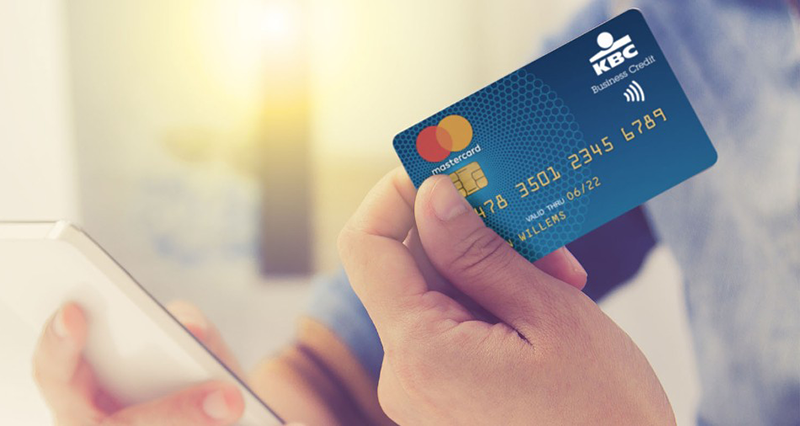Belgian Bank KBC is inviting its 1000 customers to try out contactless payments using a variety of accessories. Each customer is being offered the choice of testing an NFC-enabled ring, keyfob, wristband or watch.
With the rise of wearable technology, contactless payments are becoming very popular, and more and more people are preferring tap-and-go payments.
Related Garmin Pay Contactless Payments Now Available for Maestro European Accountholders
“The trial runs from 1 December 2018 until 31 December 2019 and aims to help us learn how our customers experience wearable payments,” the bank said. “Feedback from testers will be crucial for further developing and launching this new way to pay. KBC customers wishing to participate in the trial have until 18 November this year to apply.”
“Once we’ve launched this new method of payment commercially, all of the CBC and KBC Brussels customers will also be able to pay using wearables.”
Users can wave their chosen wearable at high street eftpos machines and make tap-and-go payments up to a limit of EUR23. Lost chips can be switched off through an accompanying mobile app, reports Finextra.

Today, almost 85% of the KBC debit cards are contactless cards. All of the latest credit and prepaid cards are also contactless ready as standard. In addition, KBC noted that over 90% of payment terminals in Belgium come equipped with the required contactless payment technology.
KBC is seeing a steady growth in the number of contactless payments made in Belgium, which quadrupled between September 2017 and September 2018.
Last month, the bank rolled out its first alternative to payment cards by adding support for Garmin watch payments.
“This trial is all about personal banking. Contactless payments by wearable is an innovative way to pay that we’d like to explore with our customers. How do they experience it? How do they feel about being able to pay for smaller purchases in shops or lunch in a restaurant with their ring, bracelet or key ring? We see wearables as another way to pay, rather than a replacement for other existing payment methods. Our customers will ultimately decide which method they prefer from the broad and most user-friendly choice we want to give them,” said Karin Van Hoecke, KBC’s general manager for digital transformation.












